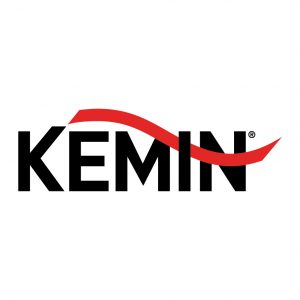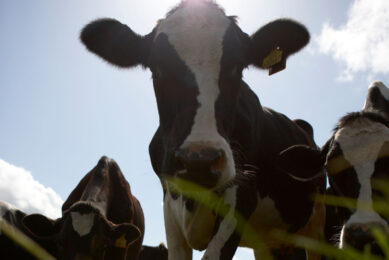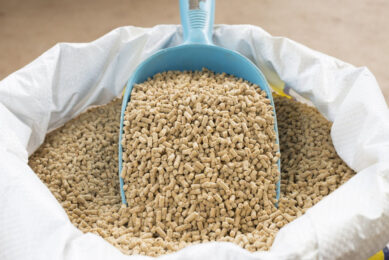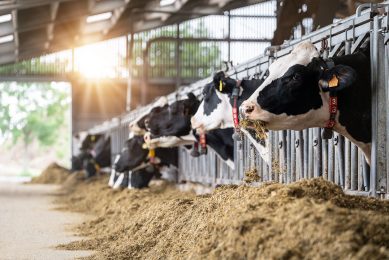Amino acid nutrition in current dairy sector: New insights
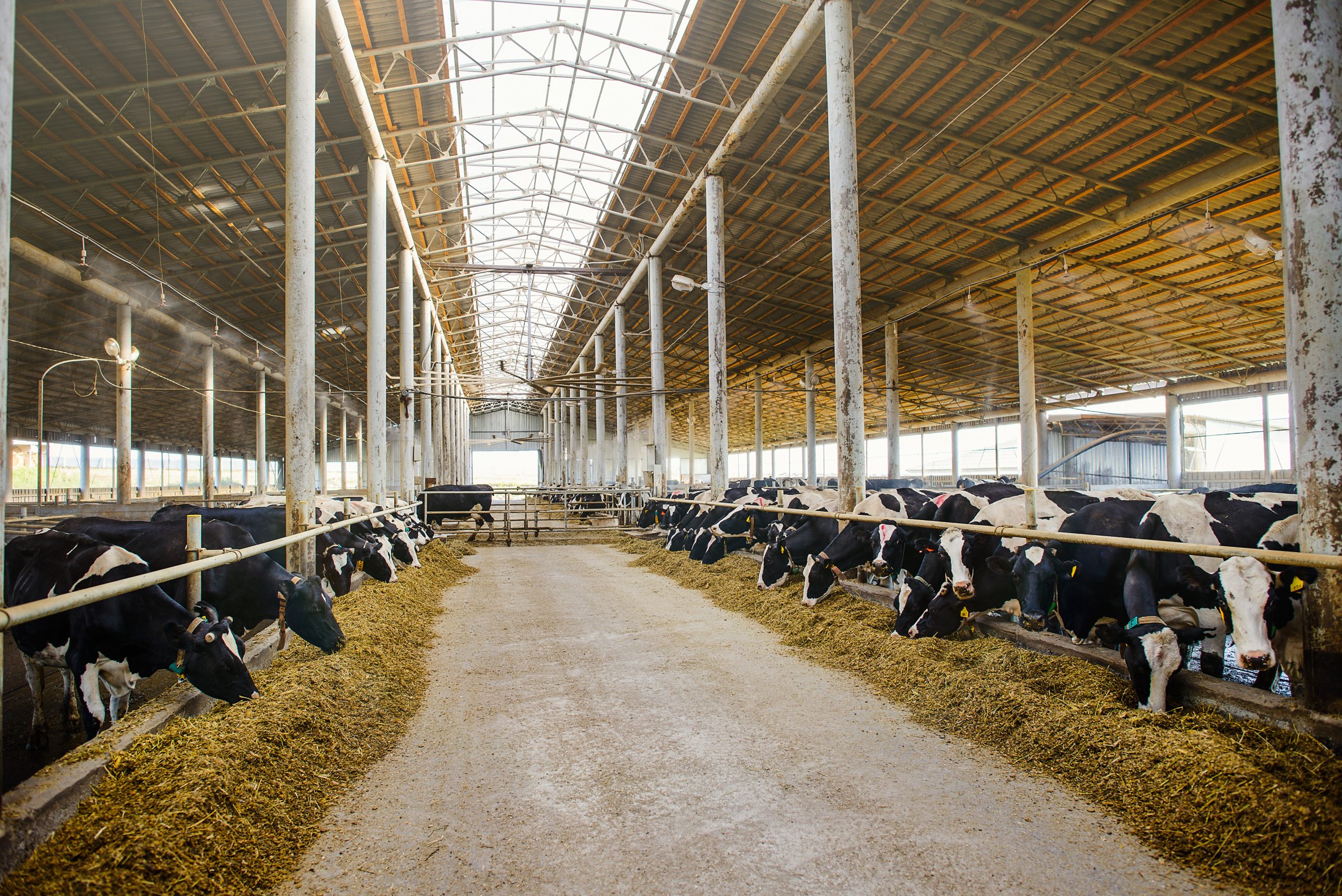
Amino acid nutrition has crucial functions in metabolism with a noteworthy influence on animal health, fertility and oxidative and inflammatory status. It can help dairy animals overcome challenges and stresses throughout the complete lactation period, including the transition phase.
Increasing the available AA by supplementing diets with rumen-protected Met and Lys tends to positively increase milk volume and influences the production of milk protein and қ-casein. Both the farmer and the dairy industry involved in cheese processing, can benefit from AA balancing as қ-casein is the key component for cheese yield. It does not only improve the N efficiency by the animal, but also the dairy industry efficiency.
Improving nutritional efficiency
One strategy to increase the incomes in the farm management is by improving the nutritional efficiency. And, amino acid (AA) nutrition in dairy cows, continues to be more widely accepted to enhance milk protein production and to improve feed utilisation.
The efficiency of nitrogen (N) use on European farms is low. Only around 30% of the N consumed goes to the milk and this causes multiple problems like:
- Environmental: A large part of this excess N is deposited in the environment as faeces and urine, contributing to soil and water pollution.
- Feed costs: Poor utilisation of dietary N leads to higher feed costs as there is a substantial part of the protein in the ration that the animal does not use.
- Energy cost for the cow: The cow wastes energy in producing urea (7.3 kcal / g N in excess,) and is not utilising that energy in other important metabolic processes such as production, fertility and health maintenance.
- Health and fertility: When rations are formulated considering the limiting amino acids, the incidence of metabolic problems decreases due to the low energy needed to remove excess amino acids as urea. On the other hand, the AA also helps fat metabolism in the liver, reducing the incidence of fatty liver and ketosis. The use of rumen protected AA in dairy diets has also a positive influence on the reproduction.
- Ammonia levels in the blood: High ammonia in the blood is associated with a wide range of problems: toxicity, modification of the properties of the blood-brain barrier, interference with amino acid transport, interruption of the cerebral blood flow, alteration of the metabolism of carbohydrates and lipids in the brain and other tissues and negative effect on reproduction (embryo mortality).
Sharing knowledge on feed formulation
Kemin Industries launched the “Kemin Reference Manual for Ruminant Amino Acid Formulation” as part of its ongoing Lifelong Learning program. Written by experienced professionals and industry experts for nutritionists and technicians in the dairy market, the book focuses on how to formulate in different contexts and ruminant amino acid nutrition systems. Beyond formulation, the book inspires a new way to think about increasing revenue and profitability in dairy farming.
Feed formulation based on amino acids has been customary in other species for a long time. Therefore, it is the next logical step towards meeting more precisely the protein needs of ruminants. When attention is given to the concentration of metabolisable Lys and Met with respect to the total metabolisable protein, we can provide formulations and rations with a better cost-benefit relationship, which will also provide more efficient and more predictable results. This manual provides an opportunity to learn about different techniques, approaches and strategies in the nutritional management of dairy farms, to minimise the negative impact of unpredictable market fluctuations, as well as to keep the herds productive for the future.
References available on request


